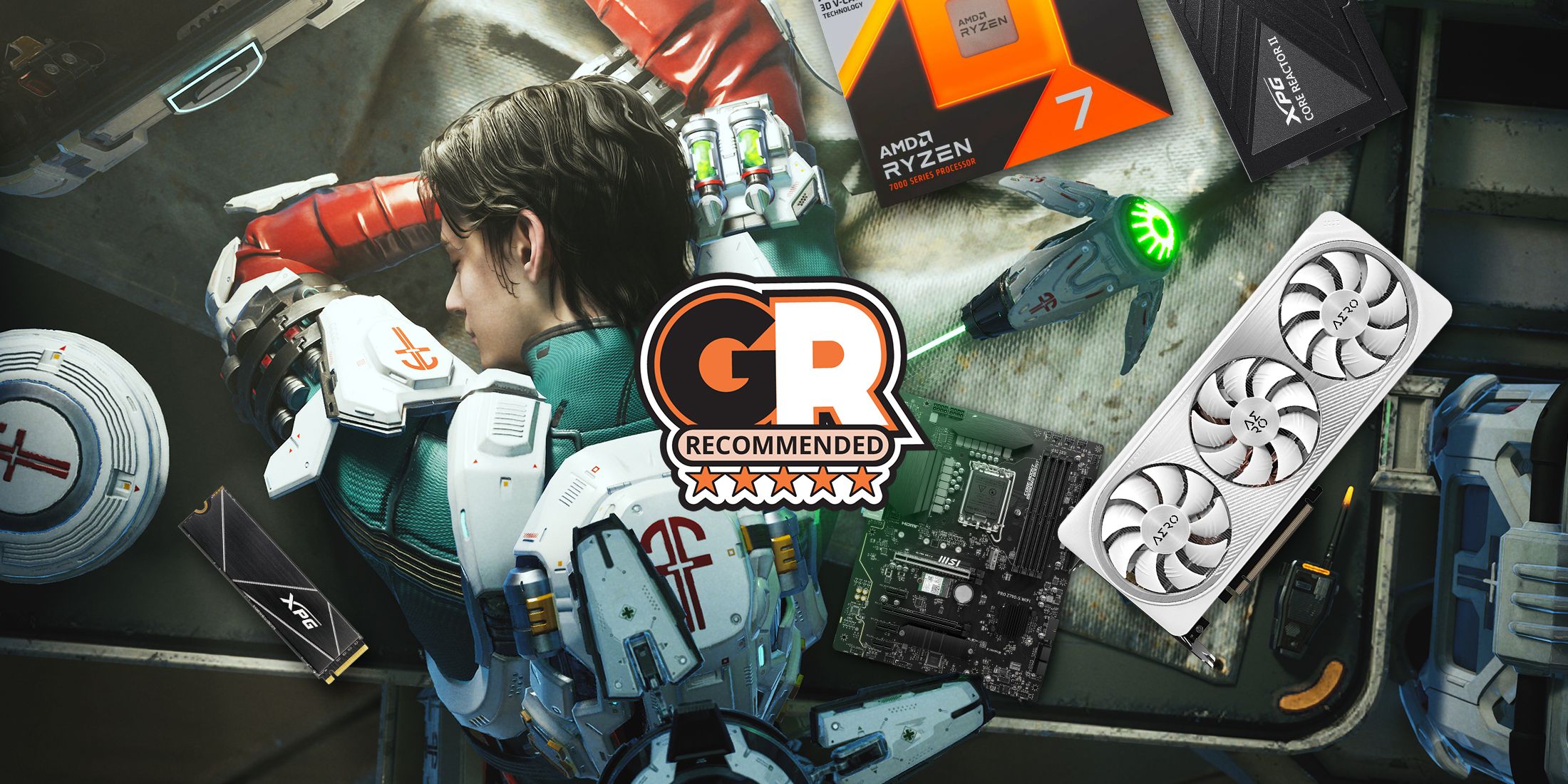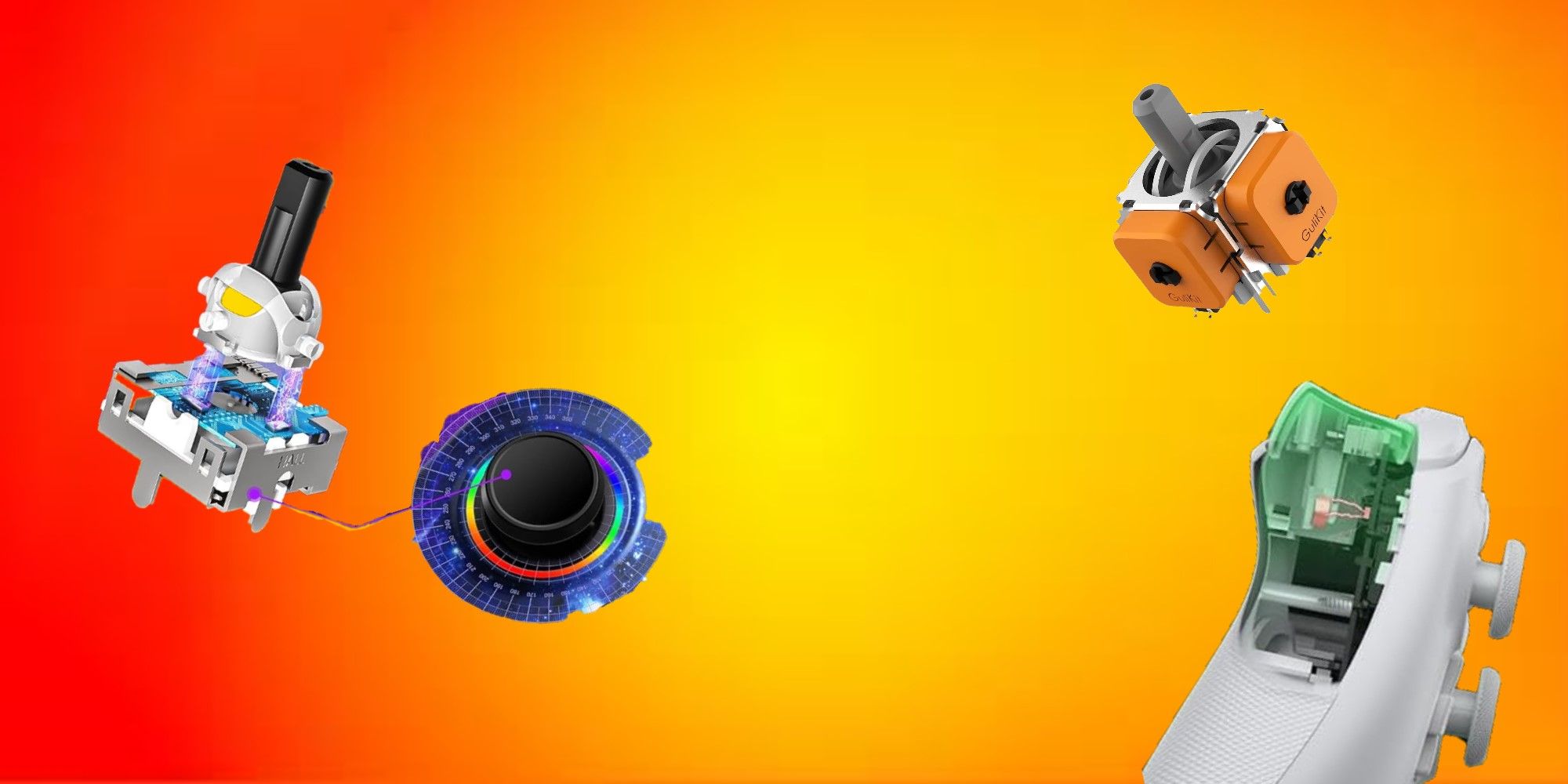Competitive gaming equipment, such as controllers and keyboards, have recently seen some major changes to their design that make them more efficient and reliable than ever before. One of the most popular and fastest-growing trends is the use of Hall effect sensors in controller triggers and joysticks. But what exactly are Hall Effect sensors, and are they actually a game changer?
What is the “Hall effect”?
Discovered by Edwin Hall in 1879, the Hall effect is the production of voltage (the “Hall voltage”) across an electrical conductor that opposite both an electric current in the conductor and an applied magnetic field perpendicular to the current.
In layman’s terms, the Hall effect is a way for electrical conductor to recognize that a magnetic field is disrupting its flow of electricity.
How is the Hall Effect Used in Gaming?
The Hall effect is most often used to provide gamers with frictionless inputs for buttons, triggers, joysticks, and even keyboard keys in some cases. Basically, instead of having sensors rely on these pieces to push against an internal input, Hall effect sensors allow input to be received magnetically.
For example, when a trigger is pressed down, it usually hits an internal button or blocks a laser sensor to tell a game to shoot the gun, or whatever the trigger is supposed to do. With hall effect triggers, there’s a magnet on the bottom of the trigger that changes the flow of electricity slightly as it gets closer to the Hall effect sensor, thus telling the controller (and the game) how far down a player is pressing the button.
Does the Hall Effect Solve Stick Drift?
Yes, Hall effect sensors should solve the issue of stick drift in controllers. There are a few reasons this is true, even if most Hall effect peripherals haven’t been around long enough to provide thoroughly tested results.
First and foremost, the magnetic sensors do not have any friction. This means that there’s no plastic to break after a few months and no metal slowly getting smoothed down to nothing over years of use.
Secondly, most Hall effect sensors are sealed off from the rest of the controller. They no longer need to be exposed to the whole controller in order to get the input read, and this closed design means almost no dust or dirt will ever be able to get in the way and cause issues.
Should Players Use Hall Effect Controllers?
Hall effect controllers and keyboards are definitely top of the line gaming accessories, so much so that many players may wonder whether it’s worth their time to get one while they’re still so new.
Typically, the highest end gaming gear best serves professional esports players most, with hobby gamers able to get by with far less expensive gear. However, the price tags for Hall effect controllers are surprisingly low. For instance, the GameSir G7 SE is one of the most affordable controllers on the market right now, and while it is wired, it has Hall effect sensors for both its joysticks and triggers.
At the same time, customizable controllers, such as the Xbox Elite Series 2, tend to have less for more, as with Microsoft’s controller, which has Hall effect sensors for its triggers only. Similarly, Keychron’s Hall effect keyboard is over $200 and in such high demand that it’s tough to find right now.
Overall, a player doesn’t need to have a Hall effect gaming controller or keyboard, but if they have the money and see something they like, it’s almost guaranteed to be a smart purchase in the long run.
Can Hall Effect Sensors Be Installed by Users?
Yes, there are some Hall effect joysticks available that many players use to upgrade their Switch joy-cons or even their Steam Decks. However, only very tech-savvy players should attempt to customize their hardware, unless they don’t mind risking their peripheral being ruined.
What Controllers Have Hall Effect Sensors?
Here is a list of some of the best controllers with Hall effect sensors that players can buy:
- GameSir G7 SE Wired Controller
- GameSir T4 Cyclone Pro Wireless
- GameSir T4 Kaleid Transparent PC Controller
- 8Bitdo Ultimate Bluetooth Controller
- NexiGo Hall Effect Controller
- EasySMX Hall Effect Controller
- Gulikit KingKong 2 Pro Controller
- Xbox Elite Series 2 Wireless Gaming Controller
- TERIOS Wireless PS4 Controller




